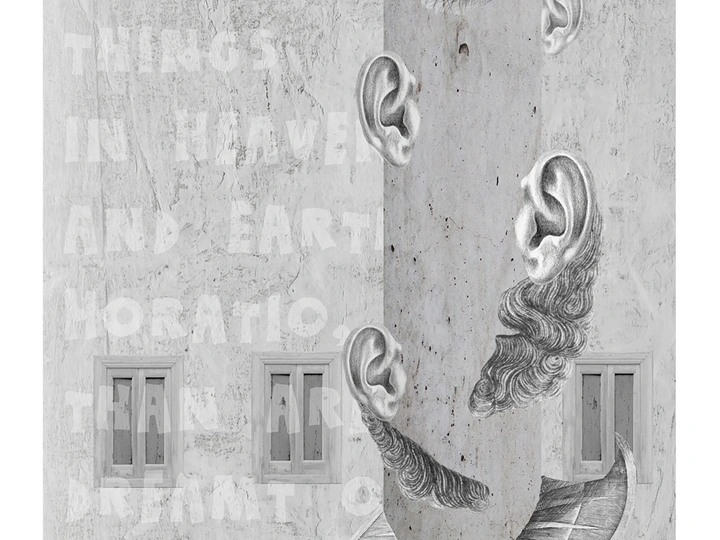THE UNCOMMON COMMON

oana MATEI
marina MELENTI
Educated as an architect, I apply knowledge gained in almost all other aspects of my life. Traveling is one of my backbone activity, and through it I analyse, try to undestand and conceptualize aspects of the context i'm in.
Throughout my practice, I best enjoyed projects that had an interdisciplinary component of either art or extreme sports, such as rigging. Thus when I got involved in a personal project, I could relate to all aspects of it, from the layout of the workframe to how tasks will be carried out.
From university competitions that I participated in and won a prise, to the production of the Romanian pavillion in Giardini and ICR for the Venice Biennale, to projects of urban art and interventions in the city of Cluj Napoca, I played various roles: pupil, sculptor in clay and wood, labourer and project manager. Everytime bounderies blended the hands on approach settles in, is the part of the process that I enjoy most and learn most out of.
The idea started off as a playful approach in Arhitext summer school. This initial temporary installation, that took place while in my third year of university, left behind my first collaborative article in arhitext magazine, and led to other similar incursions in the common uncommon places that we collectively inhabit. So what am I really talking about? The places left from an overlooked urban or rural place. A space, a building, a part of the sidewalk that has latent potential to augment everyday life,, offering new experiences, to shift the existing dynamics.
The experience of a water tower was one of the projects that aimed to bring inhabitants closer to what is going on in the urban fabric. As many industrial spaces are being restructured, demolished or simply unknown in our city, I chose a water tower to raise awareness of the urban layers and lives going on in Cluj-Napoca. Thinking of how this can be translated into something the wide public would be interested in, I thought about an experimental play. For 14 days, the tower was opened to the public. Entering it meant entering the play as a spectator and actor. It had three parts. Introduction in the foot of the tower, where three stories of the workers in the factory were displayed and in the background there were recordings of sounds from de working environment. Metallic noises, loud hammers hitting metal. It was a metallurgic factory. Climbing up from there was the white room, with instrumental music playing from a speaker. There one would forget about the factory life and enjoy cityscape, just as one left the factory. The third part, through the dark former water reservoir, one could read a Shakespeare quote "there are more things in Heaven and Earth, Horatio, than are ever dreamt of in your philosophy", as to announce the exit from the tower. Once on the tower, the viewer could have a 360 view over the city. Going down meant going back to one's life after having this interaction with the urban fabric.